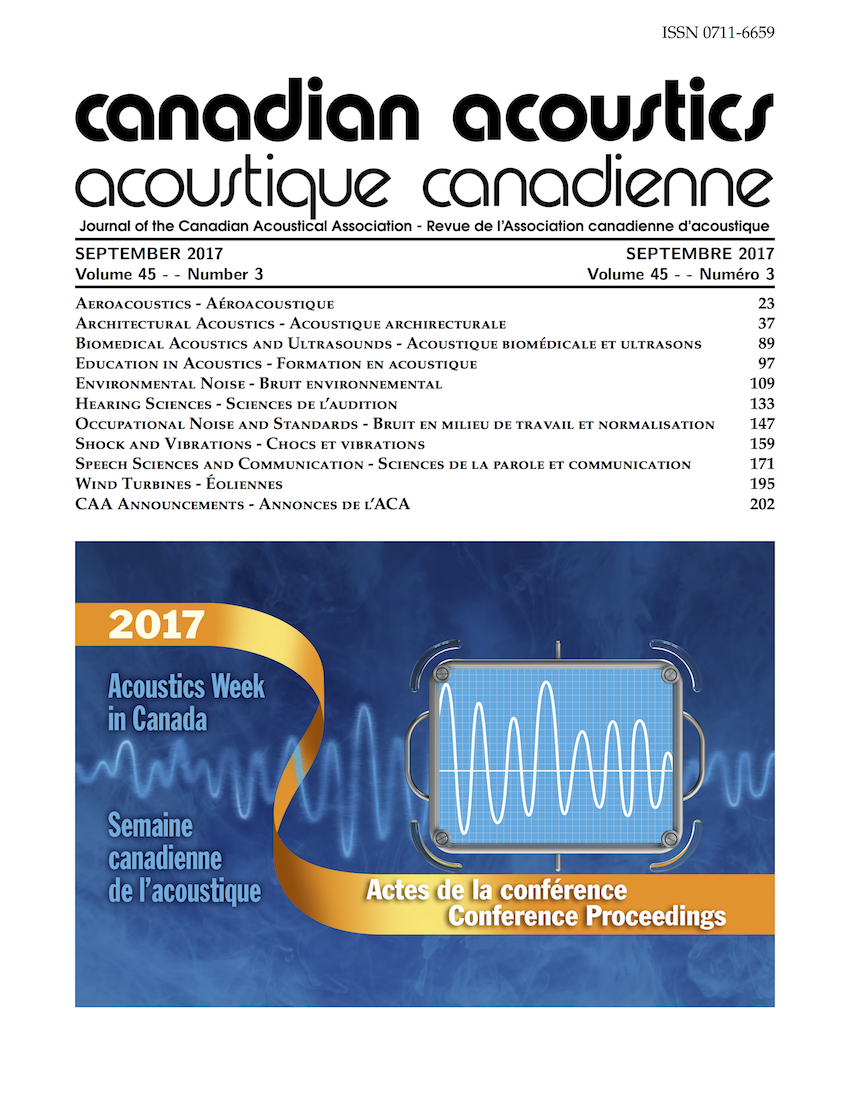Wind-Induced Noise of Architectural Perforated Plates
Abstract
Perforated plates are a popular architectural feature found on the outside faces of buildings. These plates are known to produce flow-induced noise when exposed to high winds. While this noise is generally broadband, for certain plate geometries, flow velocities, and angles of incidence, highly tonal noise is produced, the level of which can be much higher than that of the broadband noise. This is an irritant for inhabitants of the building and the surrounding area and may lead to costly retrofitting to eliminate the problem.
Many studies can be found in the literature for flow over perforated plates at a parallel or perpendicular direction. However, the literature is very limited with regards to flow over perforated plates at oblique angles of incidence. For architectural applications, the direction of the wind is naturally unpredictable, so the effect of different angles of incidence is an important consideration.
As a preliminary investigation, a simplified model of a perforated plate is used. The circular holes of a typical perforated plate are replaced by a series of long rectangular slats with an adjustable gap width between them. This simplified model is studied experimentally in a wind tunnel for various angles of incidence and flow velocities. The acoustic response is studied using microphone measurements, and flow visualization is done using particle image velocimetry. It is found that tonal noise is produced for angles of incidence of 5 to 30 degrees from parallel. The Strouhal number of these tones agrees well with those produced by a perforated plate. Outside of this range of angles, the noise is broadband. The flow visualization reveals that this tonal noise is caused by the periodic shedding and impingement of vortices on the downstream edge of the holes.Additional Files
Published
How to Cite
Issue
Section
License
Author Licensing Addendum
This Licensing Addendum ("Addendum") is entered into between the undersigned Author(s) and Canadian Acoustics journal published by the Canadian Acoustical Association (hereinafter referred to as the "Publisher"). The Author(s) and the Publisher agree as follows:
-
Retained Rights: The Author(s) retain(s) the following rights:
- The right to reproduce, distribute, and publicly display the Work on the Author's personal website or the website of the Author's institution.
- The right to use the Work in the Author's teaching activities and presentations.
- The right to include the Work in a compilation for the Author's personal use, not for sale.
-
Grant of License: The Author(s) grant(s) to the Publisher a worldwide exclusive license to publish, reproduce, distribute, and display the Work in Canadian Acoustics and any other formats and media deemed appropriate by the Publisher.
-
Attribution: The Publisher agrees to include proper attribution to the Author(s) in all publications and reproductions of the Work.
-
No Conflict: This Addendum is intended to be in harmony with, and not in conflict with, the terms and conditions of the original agreement entered into between the Author(s) and the Publisher.
-
Copyright Clause: Copyright on articles is held by the Author(s). The corresponding Author has the right to grant on behalf of all Authors and does grant on behalf of all Authors, a worldwide exclusive license to the Publisher and its licensees in perpetuity, in all forms, formats, and media (whether known now or created in the future), including but not limited to the rights to publish, reproduce, distribute, display, store, translate, create adaptations, reprints, include within collections, and create summaries, extracts, and/or abstracts of the Contribution.


